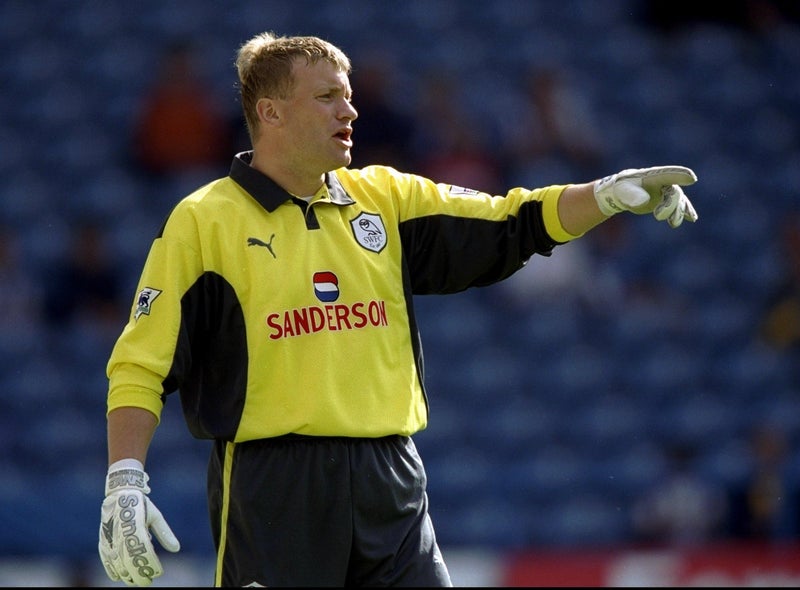- Welcome to Cook'd and Bomb'd.
-
 Snooker 23/24
by Kankurette
Snooker 23/24
by Kankurette
[Today at 12:41:53 PM] -
 Who are you voting for in...
by Jockice
Who are you voting for in...
by Jockice
[Today at 12:41:14 PM] -
 I have never listened to the...
by gilbertharding
I have never listened to the...
by gilbertharding
[Today at 12:40:42 PM] -
 Load of horses gone mental...
by iamcoop
Load of horses gone mental...
by iamcoop
[Today at 12:39:49 PM] -
 watching The Sopranos for...
by AngryGazelle
watching The Sopranos for...
by AngryGazelle
[Today at 12:39:40 PM] -
 American words/phrases you...
by Underturd
American words/phrases you...
by Underturd
[Today at 12:39:37 PM] -
 Where the fuck is Mark Lamarr?...
by Zetetic
Where the fuck is Mark Lamarr?...
by Zetetic
[Today at 12:37:21 PM] -
 Virtue signalling
by ObsoleteFormat92
Virtue signalling
by ObsoleteFormat92
[Today at 12:36:28 PM] -
Simple Minds Stadium Period... by Deskbound Cunt
[Today at 12:30:32 PM] -
 Top of the Pops on BBC Four...
by Norton Canes
Top of the Pops on BBC Four...
by Norton Canes
[Today at 12:30:27 PM]
Members
 Total Members: 17,827
Total Members: 17,827 Latest: skinnylike
Latest: skinnylike
Stats
 Total Posts: 5,582,582
Total Posts: 5,582,582 Total Topics: 106,733
Total Topics: 106,733 Online Today: 897
Online Today: 897 Online Ever: 3,311
Online Ever: 3,311- (July 08, 2021, 03:14:41 AM)
Users Online
 Users: 108
Users: 108 Guests: 533
Guests: 533 Total: 641
Total: 641 Kankurette
Kankurette jfjnpxmy
jfjnpxmy Small Potatoes
Small Potatoes iamcoop
iamcoop Gurke and Hare
Gurke and Hare Underturd
Underturd ObsoleteFormat92
ObsoleteFormat92 Blumf
Blumf Mobius
Mobius Jockice
Jockice poloniusmonk
poloniusmonk ajsmith2
ajsmith2 gilbertharding
gilbertharding Poobum
Poobum Buelligan
Buelligan AnotherOli
AnotherOli Cleveland Steamer
Cleveland Steamer Fabian Thomsett
Fabian Thomsett SteveDave
SteveDave Huxleys Babkins
Huxleys Babkins thevoola
thevoola Zetetic
Zetetic Two Headed Sex Beast
Two Headed Sex Beast cptpunk
cptpunk Stone Cold Steve Austin
Stone Cold Steve Austin Small Man Big Horse
Small Man Big Horse TheDreamIsOver
TheDreamIsOver RHX
RHX RFT
RFT zenithed
zenithed daf
daf Nibbsy
Nibbsy lankyguy95
lankyguy95 persephone
persephone Norton Canes
Norton Canes sevendaughters
sevendaughters sprocket
sprocket Jack Shaftoe
Jack Shaftoe DrGreggles
DrGreggles The Crumb
The Crumb McDead
McDead Mr Farenheit
Mr Farenheit binster
binster Nice Relaxing Poo
Nice Relaxing Poo Deano
Deano tony peanuts
tony peanuts Bellalunaesme2
Bellalunaesme2 Urinal Cake
Urinal Cake Ruben Remus
Ruben Remus mattyc
mattyc Deskbound Cunt
Deskbound Cunt Armin Meiwes
Armin Meiwes BlodwynPig
BlodwynPig Dayraven
Dayraven Theotherside
Theotherside Psythor
Psythor shoulders
shoulders Inspector Norse
Inspector Norse studpuppet
studpuppet crankshaft
crankshaft monkfromhavana
monkfromhavana dead-ced-dead
dead-ced-dead manifest
manifest Benga Zara
Benga Zara Billy
Billy Mr Trumpet
Mr Trumpet Better Midlands
Better Midlands LordMorgan
LordMorgan Holy Dread
Holy Dread Bobby Treetops
Bobby Treetops Keebleman
Keebleman Schrodingers Cat
Schrodingers Cat Dr M1nx PhD
Dr M1nx PhD Elderly Sumo Prophecy
Elderly Sumo Prophecy Operty1
Operty1 pandadeath
pandadeath ErnestTakadichi
ErnestTakadichi StooeyGK
StooeyGK Proactive
Proactive
User actions

